MindSnacks Metagame
With MindSnacks
May 2012 to October 2013
What platform is it on? Can I play?
MindSnacks is a set of iOS apps. They’re still available on the App Store, and you can purchase them here.
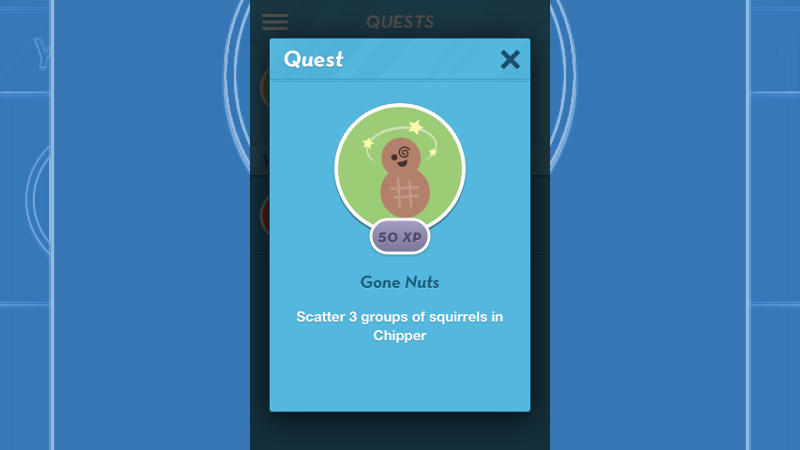 MindSnacks was a series of educational iOS apps for all ages
MindSnacks was a series of educational iOS apps for all ages
What’s it for? Who’s it for?
Most of the MindSnacks apps are designed to help players learn foreign language vocabulary. There are also apps to help learn SAT vocabulary words, early childhood vocabulary, and United States geography. The apps are designed for all ages.
The metagame was designed to motivate players to continue using the apps, and to make sure they played as many of the different minigames as possible. We wanted to make sure players played different games so they couldn’t get good enough at one particular game to ignore the educational content.
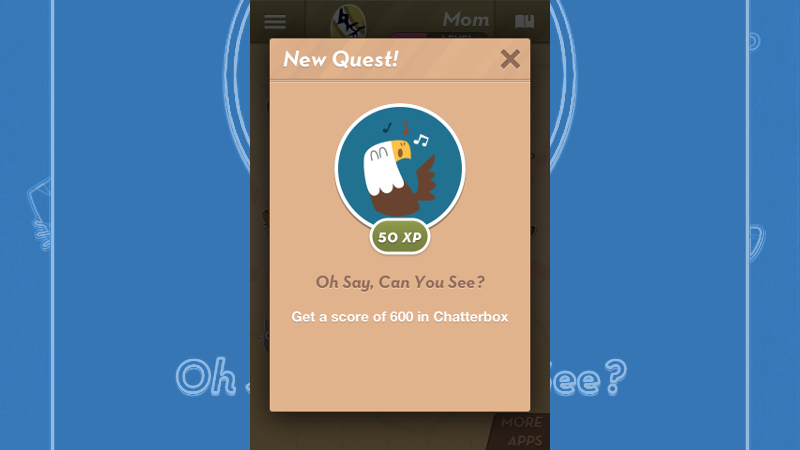 Part of the goal of MindSnacks was to drive players’ experiences through the metagame
Part of the goal of MindSnacks was to drive players’ experiences through the metagame
How do I play?
MindSnacks apps consisted of a set of 8 or 9 minigames. Minigames were usually flashcard-like exercises where players worked to “master” different words and concepts. As players mastered content, they also earned experience points, which helped to grow the MindSnacks mascot and unlock new games.
Players could also complete “quests” for experience points. Quests were usually related to different minigames, and usually challenged you to reach higher and higher scores in different games. Some quests also required you to get “hotstreaks”, or streaks of multiple correct answers.
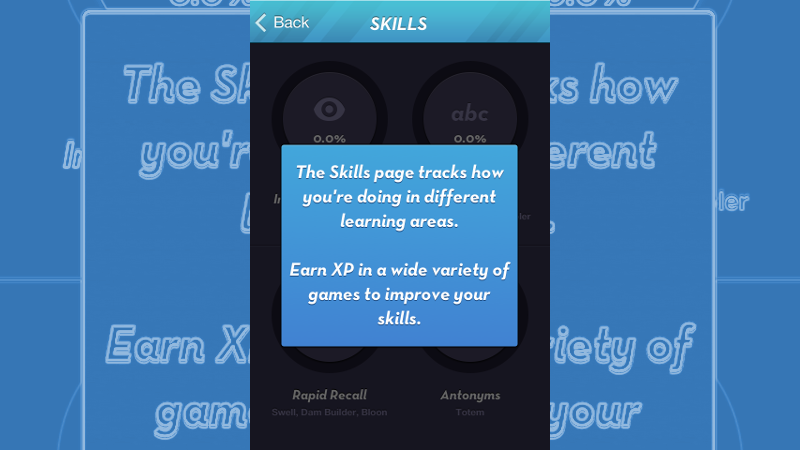 As the players gained proficiency in different concepts, they gained experience points
As the players gained proficiency in different concepts, they gained experience points
Who else worked on the game?
Making the metagame was a collaborative process between myself, MindSnacks’s CEO and lead designer, our 3 education specialists, and our team of iOS programmers. Since it was in some ways the backbone of the app, a lot of people had input into it.
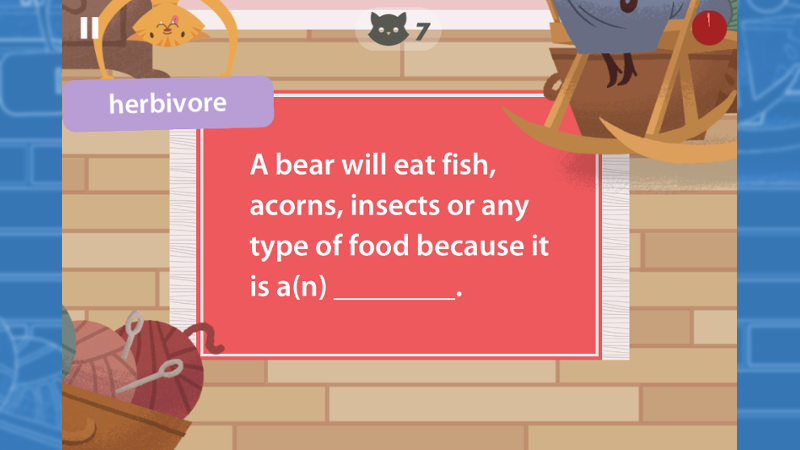 Pounce, one of the games in the MindSnacks suite
Pounce, one of the games in the MindSnacks suite
What did you do?
I was responsible for most of the numbers and minor details of the metagame. Specifically, I designed the leveling curve and balanced the payouts of everything that gave the player experience points. The main design goal of the metagame was to keep the player motivated to continue playing and to return to the app as frequently as possible. To that end, I tried to balance quest and mastery payouts with the XP requirements for each level so the player would level up very quickly during their first session, slightly less quickly during their second, and so on, until they reached a pace of about one level for every two average sessions. Each level up came with a new animation for the player’s avatar, and occasionally unlocked a new game or set of quests. I set up this pacing because data from previous versions of the apps indicated that most players who played to higher levels played daily, while those that stopped playing earlier played less than once a day. By providing them with a potentially achievable goal every other session, I hoped to motivate players to play on a daily (or more frequent) basis.
I also designed parts of the metagame with the goal of encouraging the player to play different minigames. The educational staff at MindSnacks realized that it was easy for a player to “master” concepts by playing a single game over and over, and that went against our educational goals. They asked me to figure out a way to get the player to play as many different games as possible while mastering concepts. My original solution to this was to only grant a limited amount of “mastery points” per concept per game. This wasn’t viable for several reasons. First, several of our minigames had serious accessibility issues, and requiring every player to play every game (or even most of the games) seemed unfair. Second, our engineering resources were severely limited, and the time to implement this solution was deemed too much by the management. Instead, I chose to rely on the quest system. For each app, I designed a quest tree that surfaced a new quest pertaining to a different game every time the player completed a quest. The subtle suggestion to play something different worked for most of our pre-launch playtesters.
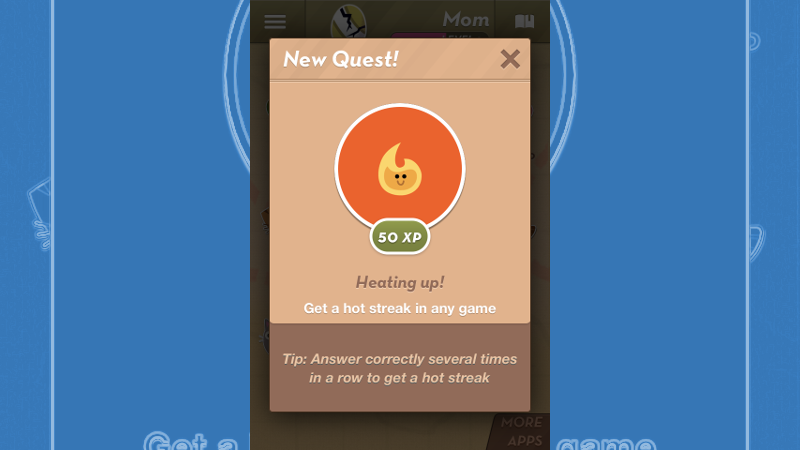 Many of the quests were designed to motivate particular play patterns. This was intended to focus the player on accuracy
Many of the quests were designed to motivate particular play patterns. This was intended to focus the player on accuracy
I also designed each of the 150+ quests in each app. I playtested most of the quests with the MindSnacks art and support staff, and tried to make them challenging and diverse. The initial designs of most of the minigames were very simple, and often made it difficult to create quest requirements more complicated than “Get X score”. However, I was able to work with the designer-engineers who had created them to add some complexity to their games, in service of both the games themselves and the quests related to them. The improved games and the quests they allowed tested very well internally.
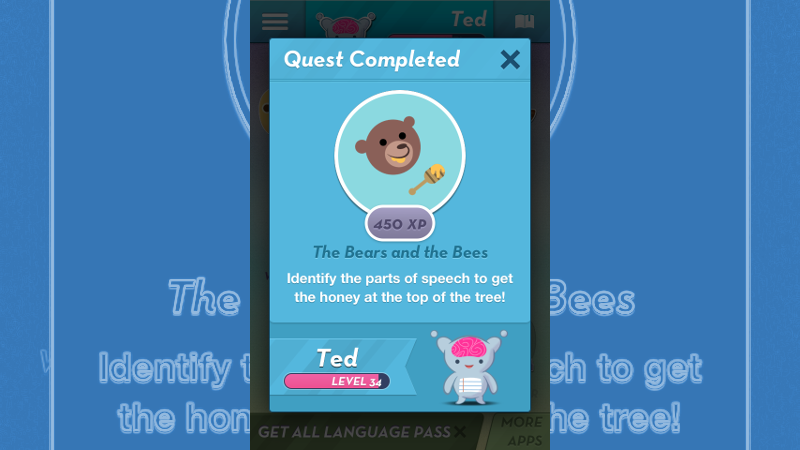 The New Car project involved several new content specific minigames and quests
The New Car project involved several new content specific minigames and quests
What happened to the game?
The metagame was a core part of Project New Car, which was a major re-release of the existing MindSnacks apps. After the release of Project New Car, MindSnacks Spanish was selected as a Featured App in the iOS App Store. The metagame was also a core feature of MindSnacks Kids Vocab, MindSnacks Japanese, and MindSnacks US Geography, each of which were Featured Apps after their releases.
The MindSnacks apps are no longer in active development, but you can still download them from the iOS App Store.
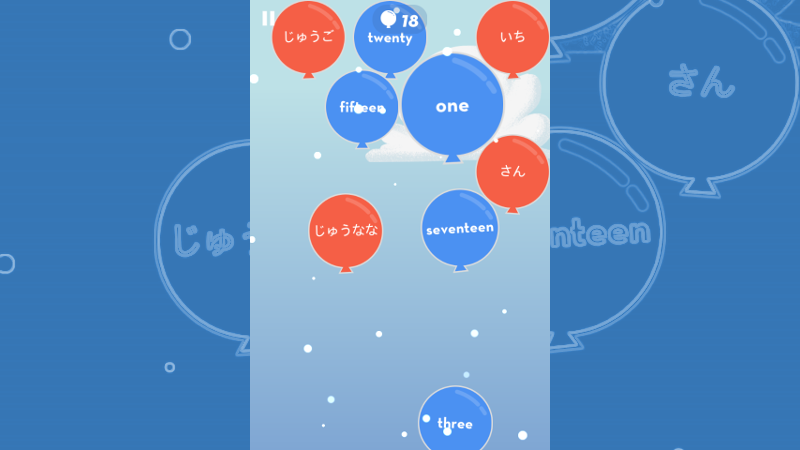
Let me know what you think of this article on twitter @tedw4rd or leave a comment below!